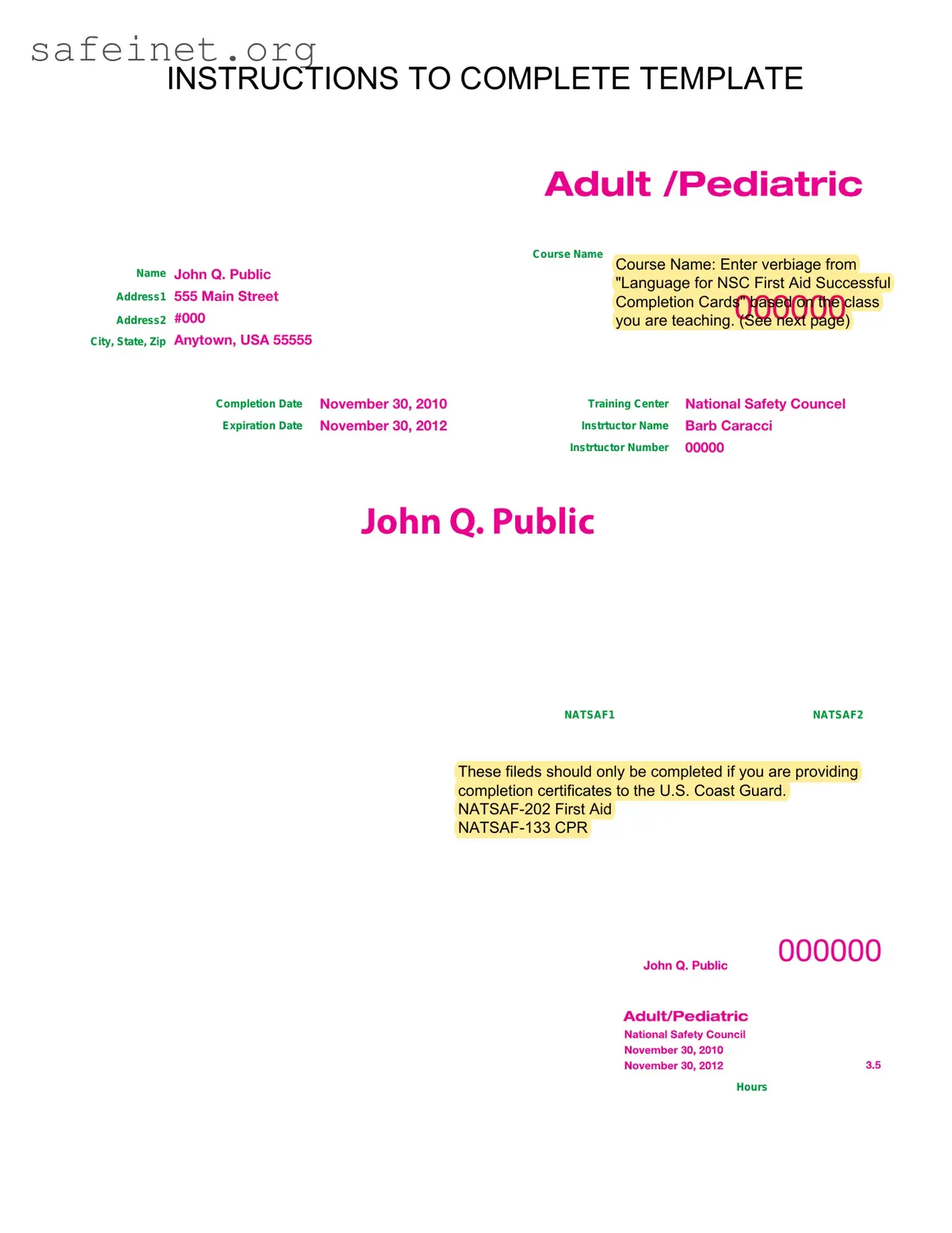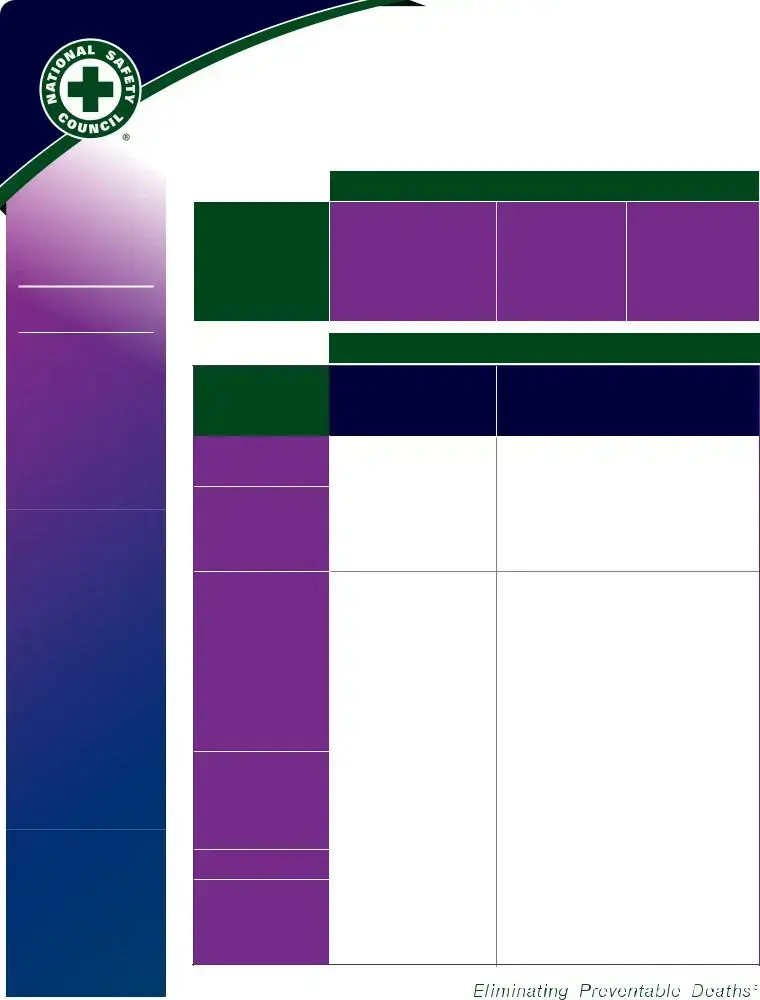The first document similar to the CPR Card form is the First Aid Completion Card. This card indicates that a person has successfully completed a first aid course. Just like the CPR Card, it includes essential information such as the participant's name, address, course completion date, and expiration date. Both documents require completion dates not to exceed two years. Consistency in format and structure helps ensure the authenticity of the training received.
The second comparable document is the Basic Life Support Card. This card is designed for individuals who have undergone training in providing life support, especially for healthcare providers. Like the CPR Card, it lists details about the individual's completion of the course, along with expiration dates. Both cards emphasize that the printed format is mandatory, which reinforces the seriousness of the training and highlights the importance of keeping records accurate and professional.
Another related document is the Emergency Medical Response Card. This card certifies that individuals have completed a course focused on emergency medical response techniques. Similar to the CPR Card, it contains personalized participant information, course specifics, and expiration guidelines. Both documents reflect the need for proper training and readiness to assist in emergencies, underscoring their importance in enhancing community safety.
The Pediatric First Aid Completion Card is also like the CPR Card, as it certifies completion of pediatric first aid training. This document is critical for individuals who work with children and need to demonstrate their capability to handle medical emergencies involving youth. Both cards are formatted similarly and include critical details such as the participant's information, the issuing organization, and the duration of validity, thus ensuring recognition across various institutions.
The combined First Aid and CPR Completion Card serves as another analogous document. This card indicates that an individual has completed both first aid and CPR training in a single program. Like the CPR card, it will display pertinent details such as the participant's name, class duration, and expiration date. The ease of presenting both qualifications on a single card makes it a practical option for participants needing comprehensive certification for their skills.
Finally, the Advanced First Aid Completion Card rounds out the list of similar documents. This card is awarded to those who complete a more in-depth training in advanced first aid techniques. It shares similarities in structure and essential details with the CPR Card. Both documents emphasize the need for ongoing education and certification in emergency response, as they each have strict guidelines regarding expiration and acceptable presentation formats.

